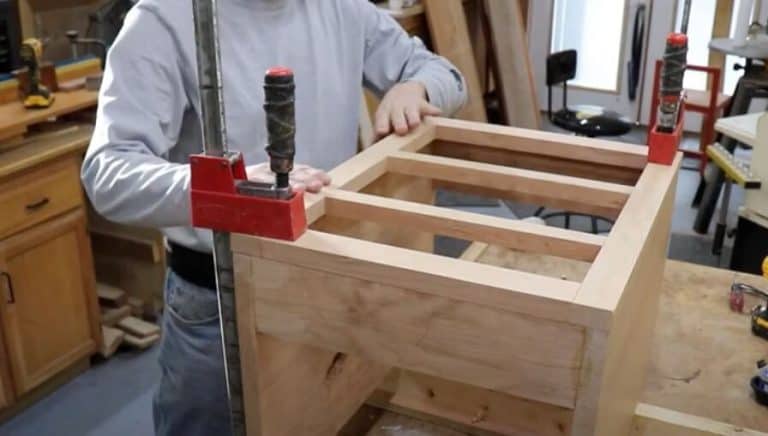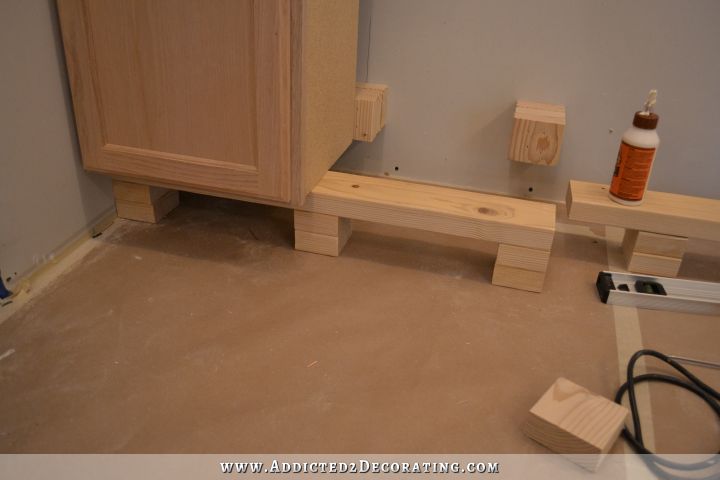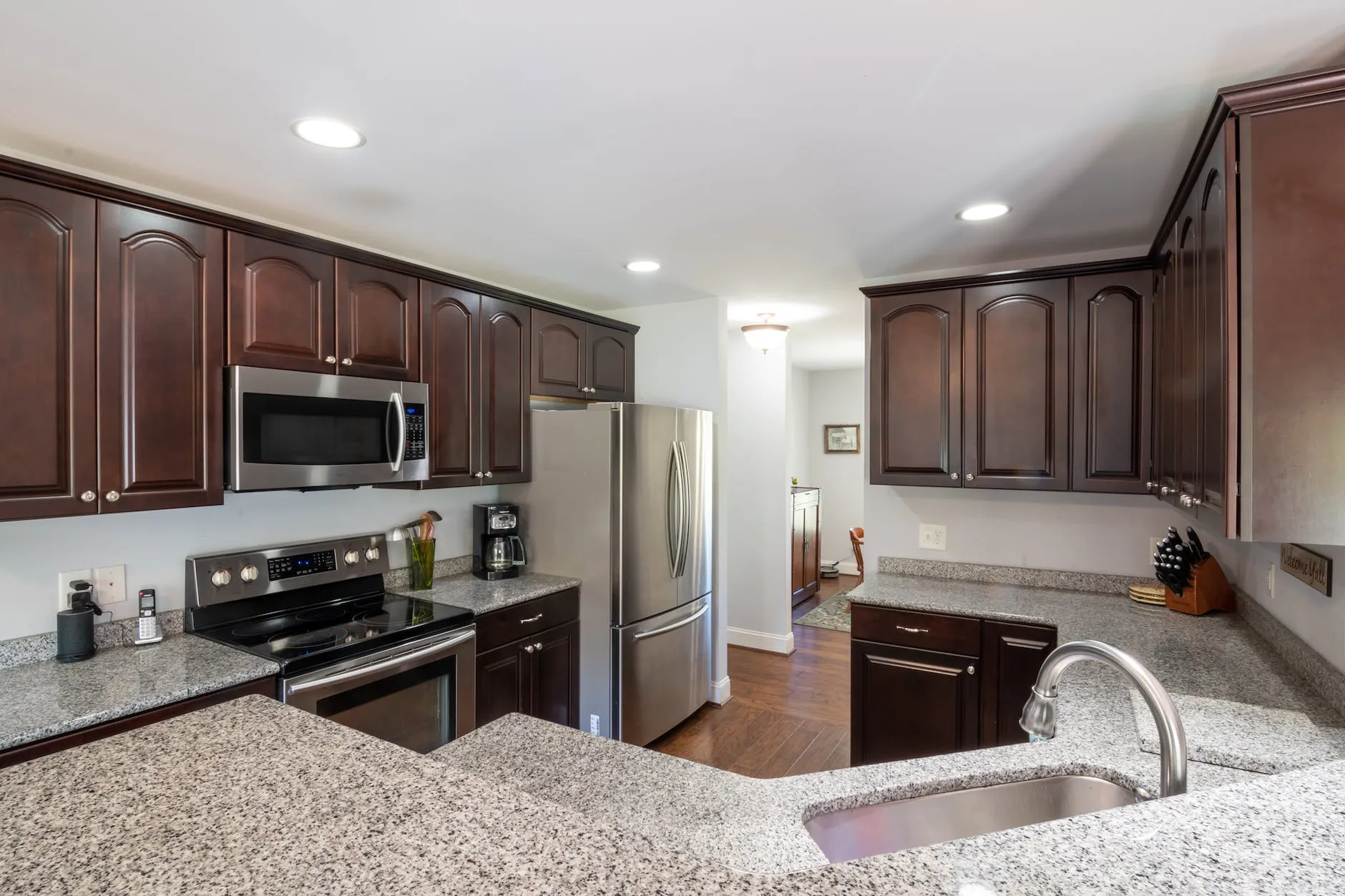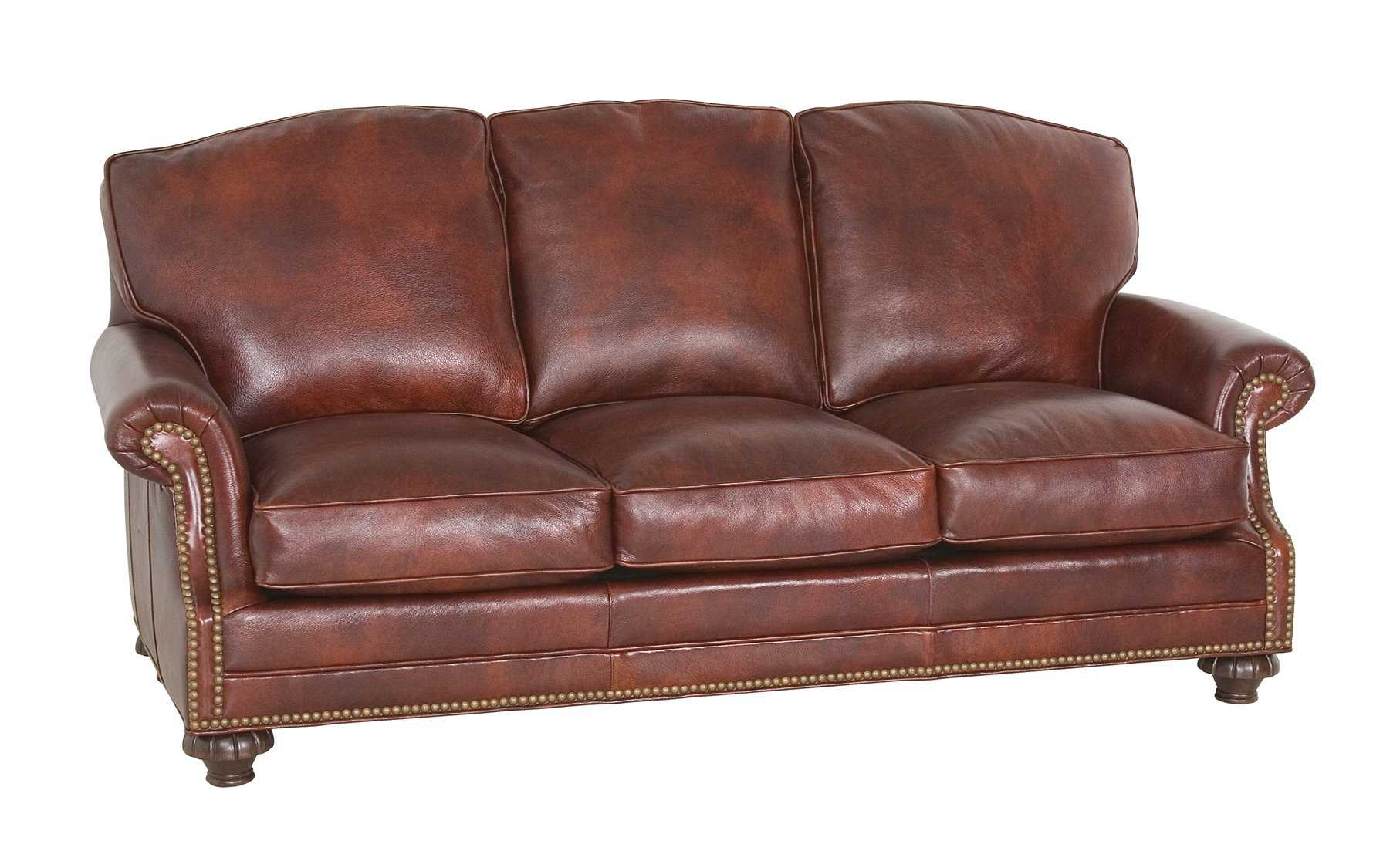One of the most important steps in installing kitchen cabinets is attaching them to the wall. This not only ensures they are securely in place, but also helps distribute the weight of the cabinets and their contents. The best way to attach kitchen cabinets to the wall is by using wall studs. Wall studs are vertical framing members behind the drywall that provide structural support to the wall. They are typically spaced 16 inches apart and can be located using a stud finder. Attaching cabinets to wall studs ensures they are securely anchored and can support the weight of your dishes, pots, and pans. To attach kitchen cabinets to wall studs, you will need a drill, screws, and a level. Start by determining the placement of your cabinets and use a pencil to mark the location of the studs on the wall. This will help guide you as you begin the installation process.1. How to Attach Kitchen Cabinets to Wall Studs
Here is a step-by-step guide for attaching kitchen cabinets to wall studs: Step 1: Measure and mark the location of your cabinets on the wall using a measuring tape and a pencil. Step 2: Use a stud finder to locate the wall studs and mark their location with a pencil. Step 3: Drill pilot holes into the back of the cabinet. This will prevent the wood from splitting when you attach the screws. Step 4: Hold the cabinet against the wall, making sure it is level. Use a helper or a support to hold the cabinet in place if needed. Step 5: Use a drill to screw the cabinet into the wall studs. Make sure to use screws that are long enough to go through the cabinet and into the wall studs. Step 6: Repeat this process for all the cabinets, making sure they are level and securely attached to the wall studs. Step 7: Once all the cabinets are attached, use a level to make sure they are aligned with each other. If they are not, adjust the screws as needed.2. Step-by-Step Guide for Attaching Kitchen Cabinets to Wall
Here are some tips to keep in mind when attaching kitchen cabinets to the wall: Tip 1: Use long screws to ensure the cabinets are securely attached to the wall studs. Short screws may not provide enough support and can cause the cabinets to become loose over time. Tip 2: Use a level to make sure the cabinets are straight and level before attaching them to the wall. This will prevent any crooked or uneven cabinets. Tip 3: Use a stud finder to locate the wall studs. This will ensure the cabinets are anchored to the strongest part of the wall and can support the weight of your dishes and cookware. Tip 4: Have a helper or support to hold the cabinets in place while you attach them to the wall. This will make the process easier and ensure the cabinets are level. Tip 5: Use a drill with a screwdriver bit to attach the cabinets to the wall. This will make the process faster and more efficient.3. Tips for Properly Attaching Kitchen Cabinets to Wall
In order to properly attach kitchen cabinets to the wall, you will need the following tools: Drill: A drill is necessary for drilling pilot holes and attaching the cabinets to the wall. Screws: Use long screws that are appropriate for the thickness of your cabinets and can go through the cabinet and into the wall studs. Stud finder: A stud finder is necessary for locating the wall studs, which are essential for securely attaching the cabinets to the wall. Level: A level is necessary for ensuring the cabinets are straight and level before attaching them to the wall.4. Tools Needed for Attaching Kitchen Cabinets to Wall
When attaching kitchen cabinets to the wall, there are some common mistakes that should be avoided: Mistake 1: Not using long enough screws. If the screws are too short, the cabinets may become loose over time and could potentially fall off the wall. Mistake 2: Not properly aligning the cabinets. It is important to use a level to make sure the cabinets are straight and level before attaching them to the wall. Mistake 3: Not locating and using wall studs. Attaching the cabinets to the drywall alone will not provide enough support and can lead to the cabinets becoming loose or falling off the wall. Mistake 4: Not using a pilot hole. This can cause the wood to split and make it difficult to properly attach the screws. Mistake 5: Not having a helper or support to hold the cabinets in place while attaching them to the wall. This can make the process more difficult and can result in crooked or uneven cabinets.5. Common Mistakes to Avoid When Attaching Kitchen Cabinets to Wall
Aside from attaching kitchen cabinets to wall studs, there are a few other methods that can be used: Wall anchors: Wall anchors can be used if the cabinets cannot be attached to wall studs. However, they may not provide as much support and may not be suitable for heavy or large cabinets. Cleats: Cleats are wooden supports that can be attached to the wall studs and used to support the cabinets. This method is more labor-intensive, but can be a good option for heavier cabinets. French cleats: French cleats are a type of cleat that is attached to both the cabinet and the wall, providing a secure and strong connection. This method is more complex, but can be a good option for larger or heavier cabinets.6. Different Methods for Attaching Kitchen Cabinets to Wall
Before attaching kitchen cabinets to the wall, it is important to prepare the wall. This includes: Removing old cabinets: If you are replacing old cabinets, make sure to remove them before attempting to attach the new ones. Repairing any damage: Inspect the wall for any damage, such as holes or cracks, and repair them before attaching the cabinets. Cleaning the wall: Make sure the wall is clean and free of any debris before attaching the cabinets. Painting the wall: If desired, paint or prime the wall before attaching the cabinets. This will be much easier to do before the cabinets are in place.7. Preparing the Wall for Attaching Kitchen Cabinets
When attaching heavy kitchen cabinets to the wall, it is important to take extra precautions to ensure they are securely in place. Here are some tips: Use cleats: As mentioned earlier, using cleats can provide additional support for heavy cabinets. Attach to multiple wall studs: Instead of just attaching the cabinets to one wall stud, use multiple studs for added support. Use longer screws: Long screws will provide more support and help distribute the weight of the cabinets more evenly. Use a helper or support: Have someone hold the cabinets in place while you attach them to the wall to prevent them from falling.8. How to Securely Attach Heavy Kitchen Cabinets to Wall
While it may seem easier to attach kitchen cabinets to drywall, it is not recommended. Drywall alone does not provide enough support and can cause the cabinets to become loose or fall off the wall over time. Attaching cabinets to wall studs is the best and most secure method. If you are unable to attach the cabinets to wall studs, using wall anchors or cleats can be an alternative, but may not provide as much support as attaching to studs.9. Attaching Kitchen Cabinets to Drywall vs. Studs
If you are a visual learner, there are many helpful video tutorials available online that can guide you through the process of attaching kitchen cabinets to the wall. These tutorials can provide a step-by-step demonstration and offer helpful tips and tricks. Make sure to follow the instructions carefully and double check your measurements and alignment before attaching the cabinets to the wall. Attaching kitchen cabinets to the wall is an essential step in the installation process. By following these tips and methods, you can ensure your cabinets are securely in place and will provide years of use in your kitchen.10. Video Tutorial: Attaching Kitchen Cabinets to Wall
Why Properly Attaching Kitchen Cabinets to the Wall is Essential for a Functional and Safe Kitchen
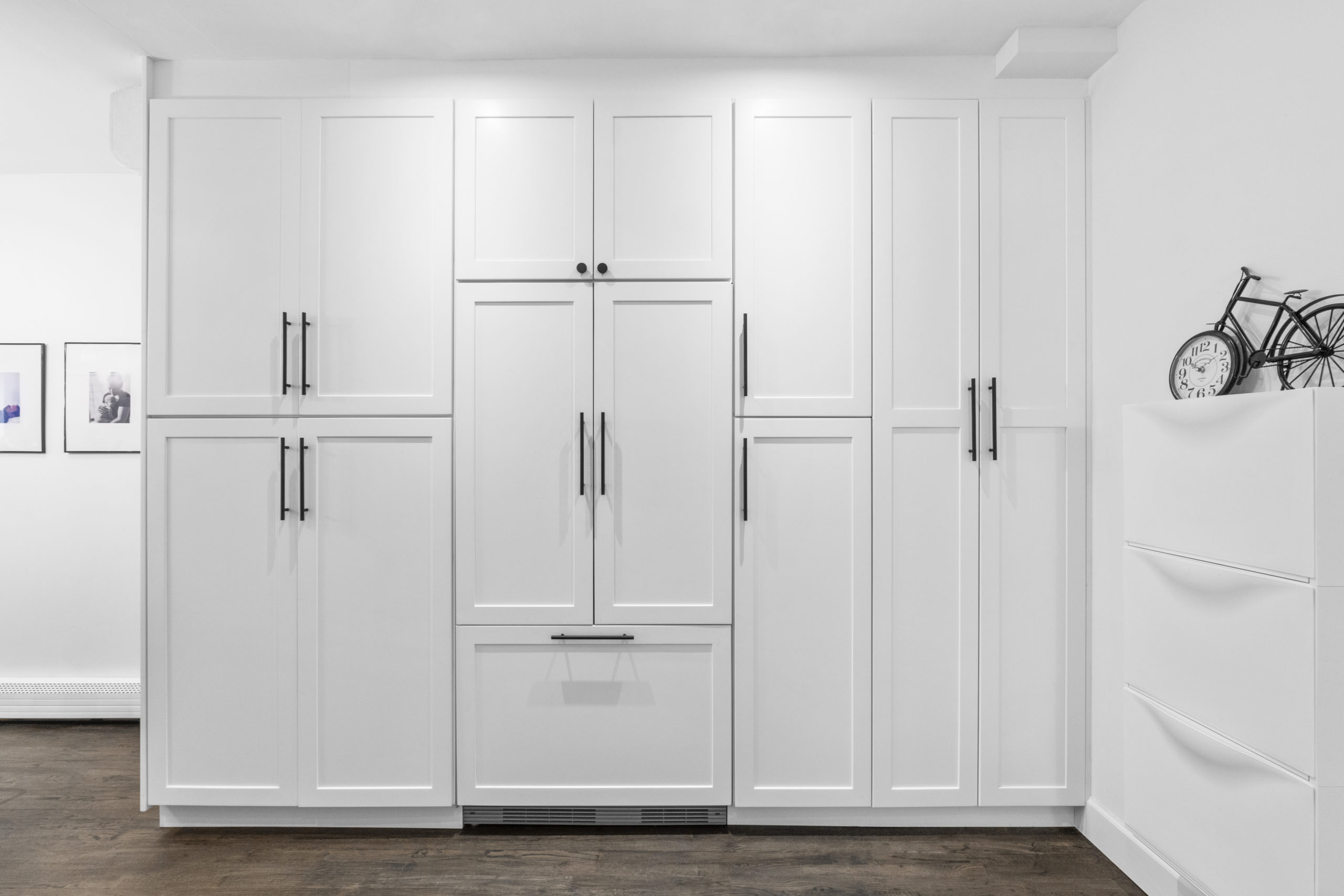
The Importance of Securely Attaching Kitchen Cabinets
 A kitchen is the heart of any home, and its design and functionality are crucial in creating a space that is both aesthetically pleasing and practical. One key element of a well-designed kitchen is
properly attaching kitchen cabinets to the wall
. Not only does this improve the overall appearance of the kitchen, but it also plays a critical role in ensuring the safety and functionality of the space.
A kitchen is the heart of any home, and its design and functionality are crucial in creating a space that is both aesthetically pleasing and practical. One key element of a well-designed kitchen is
properly attaching kitchen cabinets to the wall
. Not only does this improve the overall appearance of the kitchen, but it also plays a critical role in ensuring the safety and functionality of the space.
Preventing Accidents and Injuries
 The kitchen can be a hazardous place, with hot stoves, sharp knives, and heavy appliances. However, loose or improperly attached cabinets can also pose a significant risk to the safety of those using the kitchen. Cabinets that are not securely attached to the wall can easily fall off, causing serious injuries or even fatalities. By
ensuring that kitchen cabinets are properly attached to the wall
, you can prevent accidents and injuries, making your kitchen a safer place for you and your loved ones.
The kitchen can be a hazardous place, with hot stoves, sharp knives, and heavy appliances. However, loose or improperly attached cabinets can also pose a significant risk to the safety of those using the kitchen. Cabinets that are not securely attached to the wall can easily fall off, causing serious injuries or even fatalities. By
ensuring that kitchen cabinets are properly attached to the wall
, you can prevent accidents and injuries, making your kitchen a safer place for you and your loved ones.
Maximizing Storage Space
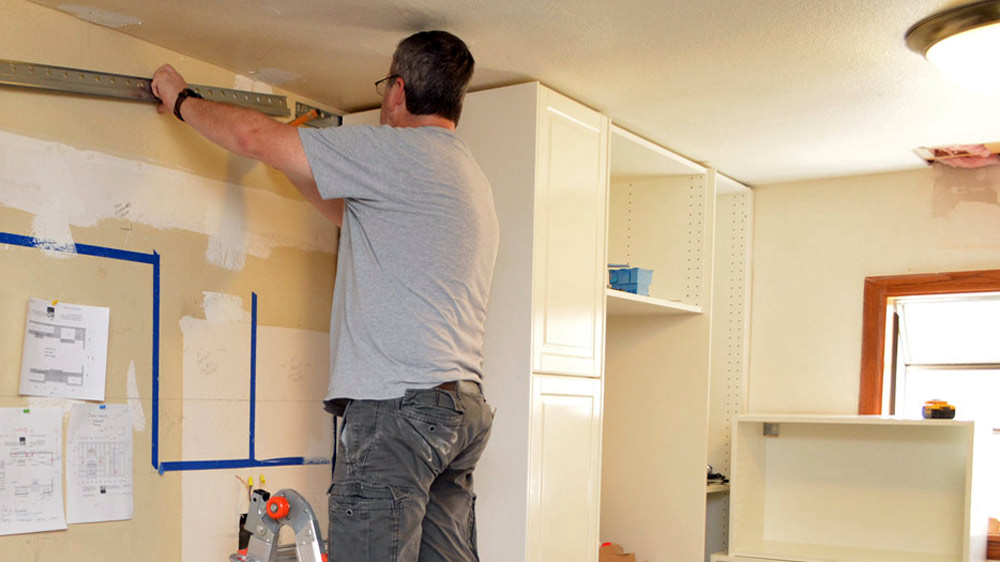 In addition to safety,
properly attaching kitchen cabinets to the wall
also helps maximize storage space in your kitchen. By securely anchoring cabinets to the wall, you can take advantage of vertical space, allowing you to store more items and keep your countertops clutter-free. This not only makes your kitchen more functional, but it also gives the illusion of a larger and more organized space.
In addition to safety,
properly attaching kitchen cabinets to the wall
also helps maximize storage space in your kitchen. By securely anchoring cabinets to the wall, you can take advantage of vertical space, allowing you to store more items and keep your countertops clutter-free. This not only makes your kitchen more functional, but it also gives the illusion of a larger and more organized space.
Ensuring Longevity of Cabinets
 Investing in quality kitchen cabinets is a significant expense, and you want to ensure that they last for years to come. By properly attaching them to the wall, you are
protecting your cabinets from unnecessary wear and tear
. Loose cabinets can shift and move, causing damage to the cabinet structure and affecting their longevity. By taking the time to securely attach your cabinets, you are
protecting your investment and ensuring that your cabinets will stand the test of time
.
Investing in quality kitchen cabinets is a significant expense, and you want to ensure that they last for years to come. By properly attaching them to the wall, you are
protecting your cabinets from unnecessary wear and tear
. Loose cabinets can shift and move, causing damage to the cabinet structure and affecting their longevity. By taking the time to securely attach your cabinets, you are
protecting your investment and ensuring that your cabinets will stand the test of time
.
Conclusion
 In conclusion,
properly attaching kitchen cabinets to the wall
is a vital step in creating a functional and safe kitchen. It not only improves the overall appearance of the space but also prevents accidents and injuries, maximizes storage space, and ensures the longevity of your cabinets. So, whether you are designing a new kitchen or looking to upgrade your current one, make sure to pay attention to the proper attachment of your kitchen cabinets to reap the benefits in the long run.
In conclusion,
properly attaching kitchen cabinets to the wall
is a vital step in creating a functional and safe kitchen. It not only improves the overall appearance of the space but also prevents accidents and injuries, maximizes storage space, and ensures the longevity of your cabinets. So, whether you are designing a new kitchen or looking to upgrade your current one, make sure to pay attention to the proper attachment of your kitchen cabinets to reap the benefits in the long run.




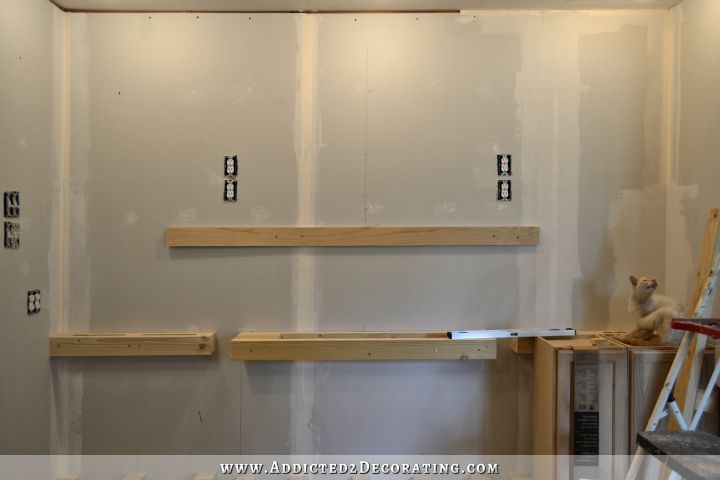

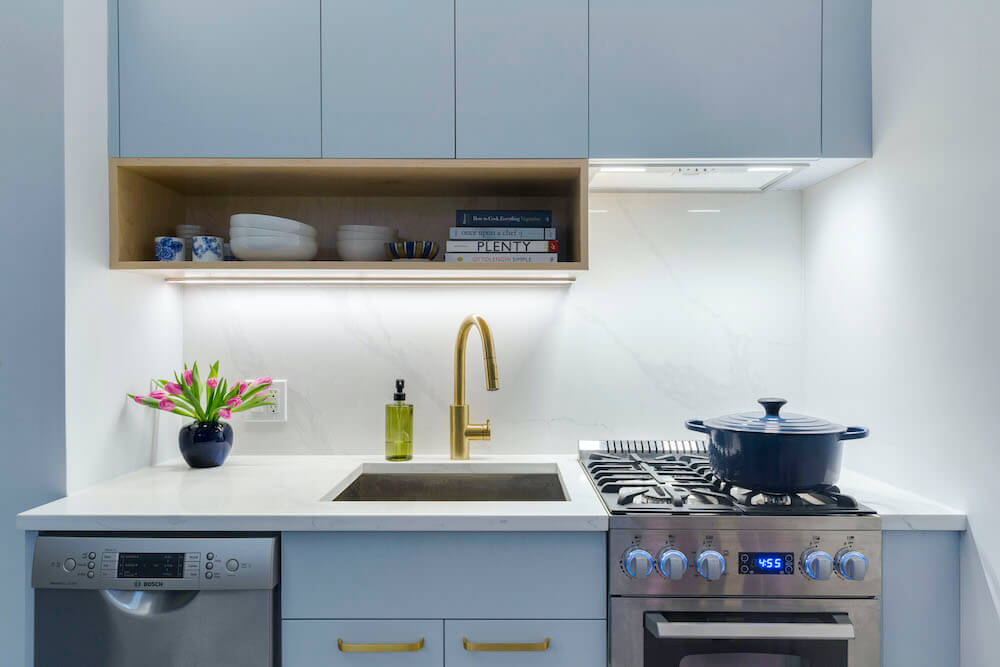

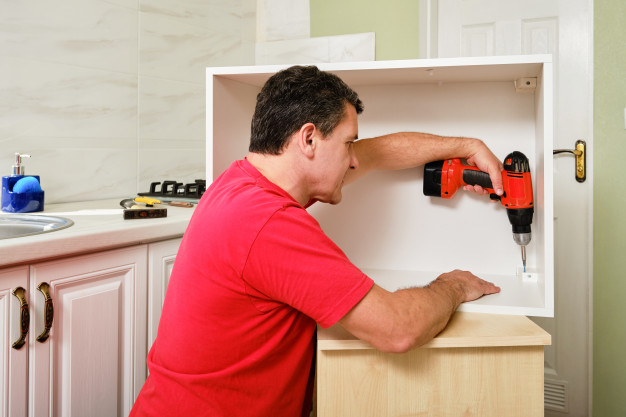








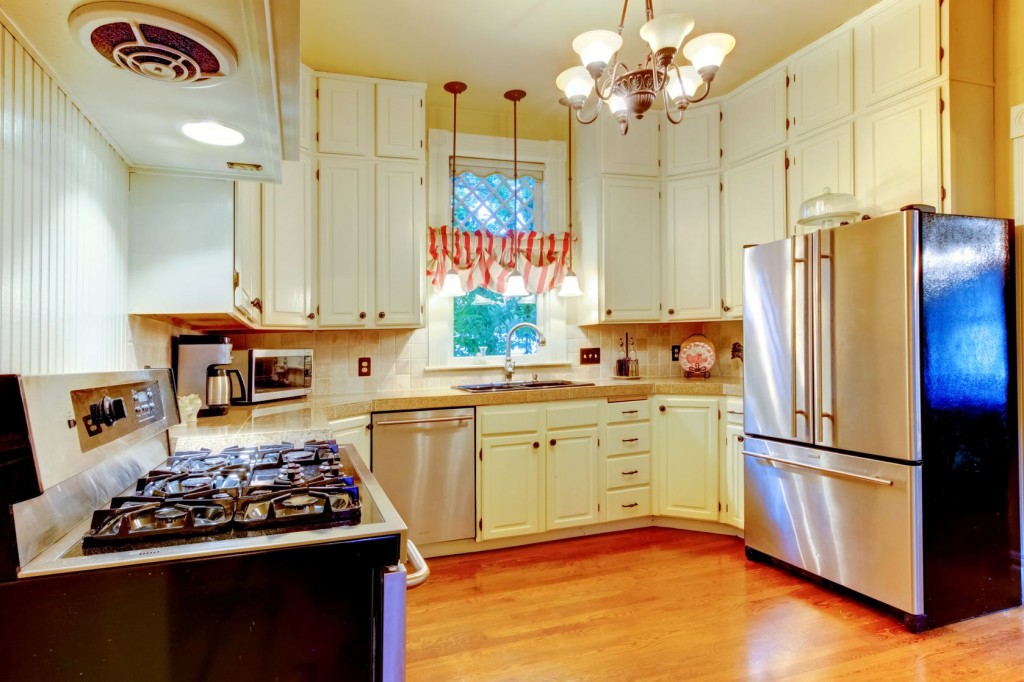

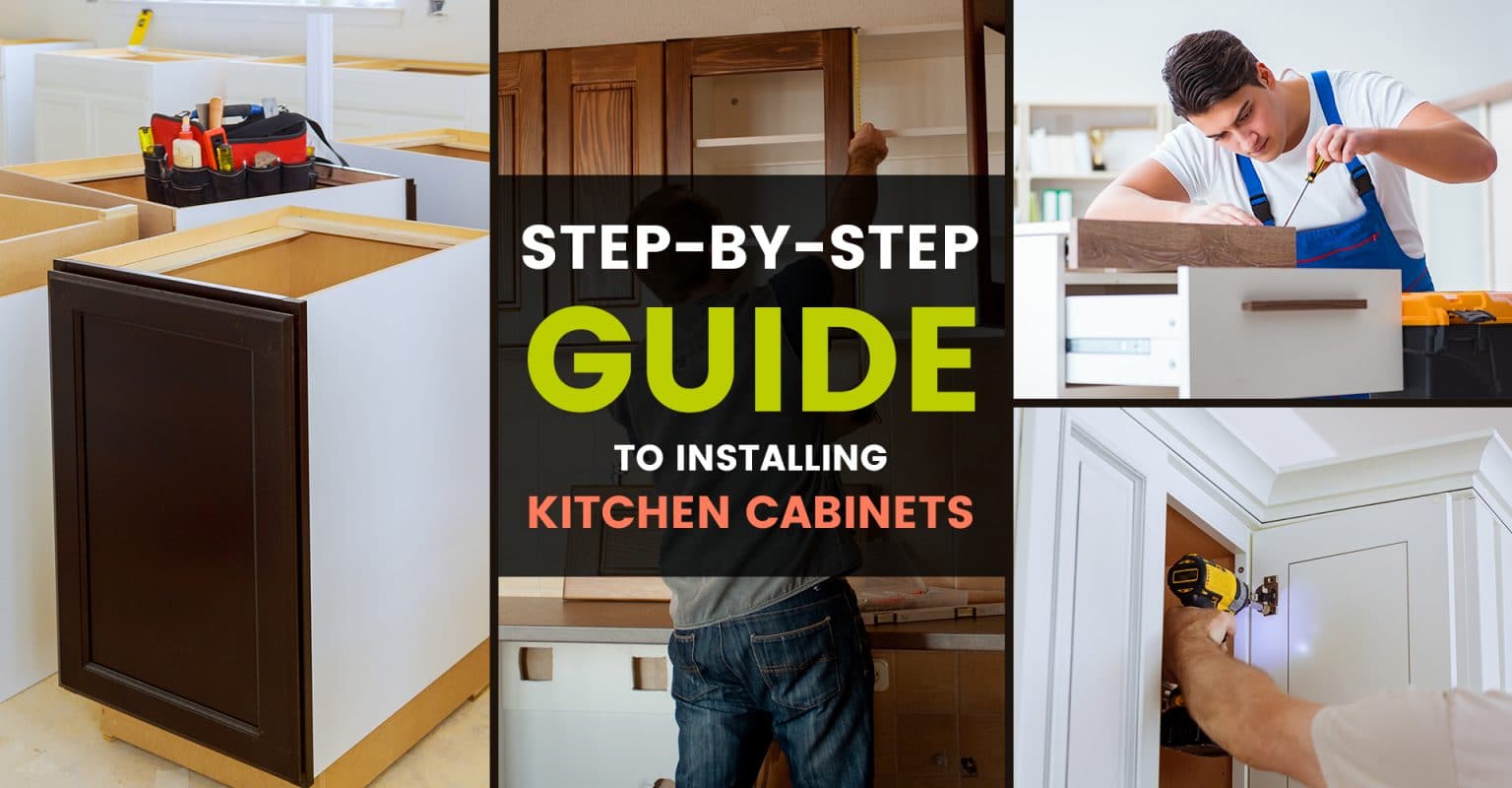

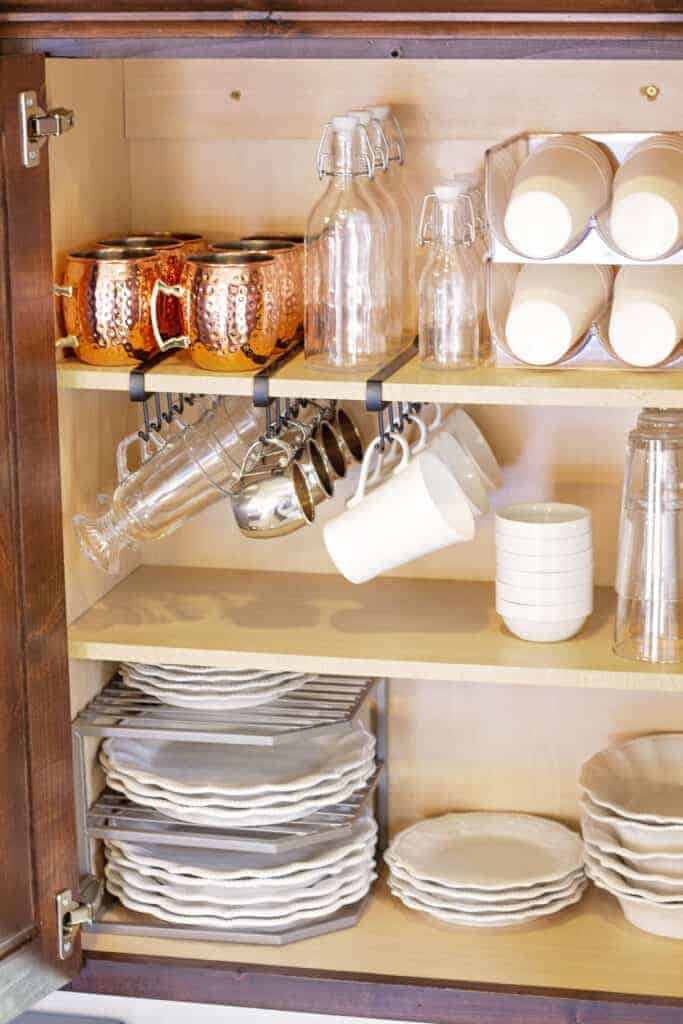



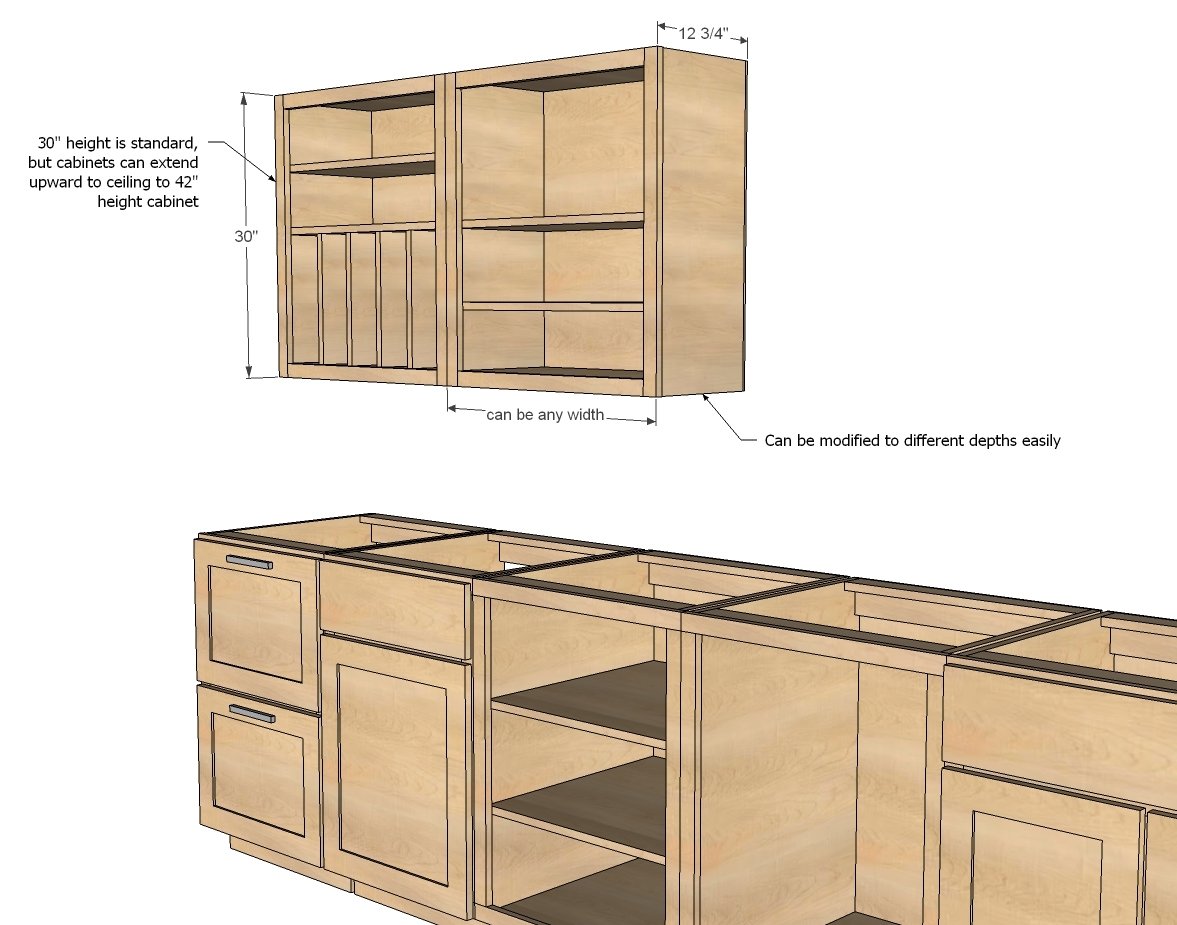


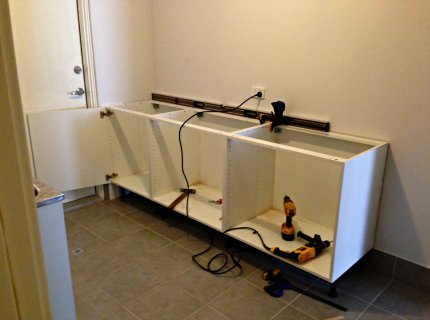







/cabinet-refacing-demystified-1822044v2-29c0506ee7014a54a7473d9a5d85b149.jpg)














